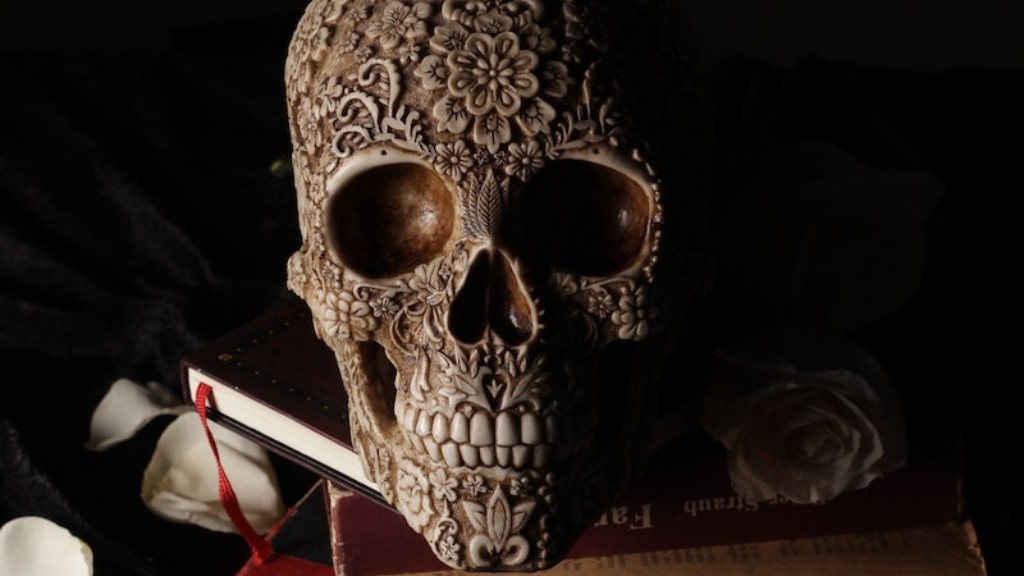When it comes to old gangster movies, some of the most renowned titles in cinematic history come to mind. From The Godfather (1972) to Goodfellas (1990), these classics have become timeless tales of loyalty, honor, and the consequences of corruption. Whether they be stories of crime lords or notorious mobsters, there’s something captivating about these movies that continue to draw movie-goers, even decades later.
Gangster movies, in many ways, exemplify the culture and values of the time. Themes of money and power, as well as loyalty and betrayal, are often recurrent in these tales of the darker side of society. They depict a reality where the boundaries between good and evil are often blurred, and illustrate consequences that often come from disregarding the law.
In many old gangster movies, one of the main characters often serves as a representative for an overall attitude towards life. These characters often serve as both a villain and a source of inspiration; they challenge the rules of justice, yet remain loyally attached to their peers, principles, and family. Ultimately, they reflect a sense of determination and resilience that is often absent in today’s society.
From The Godfather Part Two (1974) to Scarface (1983), the debate over what classifies as a good old gangster movie remains. Nonetheless, many believe a good gangster movie must possess certain elements, such as realistic scenes, powerful acting, and a gripping plot. These elements bring the story to life and create an atmosphere that keeps viewers on the edge of their seats.
The many classics of old gangster movies have also had a lasting influence on the film industry. Their influence can still be felt in modern movies,TV shows and documentaries, as they often borrow and recreate iconic scenes and dialogue. The genres of crime, action, and even romance have all taken cues from the classic gangster movie in order to craft memorable tales that still capture the attention of audiences.
What Makes The Godfather So Iconic?
Often regarded as the epitome of the classic gangster film, The Godfather (1972) is the tale of an illustrious crime family of Italian-American heritage. The movie follows the rise and fall of the Corleone family from 1945 to 1955, as gang war, corruption and deceitfulness all come to an unexpected climax. Beyond its battles for territory, power and loyalty, the movie fundamentally serves as a timeless story of family drama, love and loss.
At the heart of The Godfather is Don Vito Corleone, a mob boss whose ruthless leadership eventually leads to his death. Played by Marlon Brando, Don Corleone is respected by the townspeople as a benevolent, generous, family-oriented man as much as he is feared by his enemies as a powerful and intimidating figure. The dynamic of Corleone’s character is what truly makes the movie so iconic; he’s simultaneously seen as both a villain and a hero of sorts. It is this complexity, along with the movie’s gripping plot and famous lines, that continue to attract movie-goers over four decades later.
The Story Behind Scarface
Developed by Brian de Palma and released in 1983,Scarface follows the story of Tony Montana — a Cuban refugee with ambitions of gaining immense amounts of wealth and power despite his fragile immigration status. As Tony’s desire for fame and riches comes to fruition, he quickly becomes entangled in lives of crime, drug use, and violence — all the while struggling to keep control of his empire. The film, adapted from the 1932 classic of the same name, creates a world of debauchery, greed, and chaos that ultimately spirals out of control, costing Tony his reputation and his life.
The character of Tony Montana, played by Al Pacino, serves as an inspiration to many worldwide. Despite his unhinged and often immoral behavior, Montana is still seen as a symbol of determination and ambition, as evidenced by his rags-to-riches story. Like with many of the great gangster movies of old, part of Scarface’s lasting appeal comes not from its depiction of violence, but from the complexity of its characters, and the gripping journey it takes us on.
A Tale Of Two Cities: The Sting vs. Casino
The 1973 classic The Sting tells the story of a clever confidence game involving two down-and-out small-time criminals, Robert Redford and Paul Newman. The duo, who join forces to con a powerful mob boss, must battle against the odds to obtain their prize. The Sting sees the pair weave a complex web of lies, schemes and deception, culminating in an iconic, masterfully orchestrated coup. Drawing inspiration from the novel The Racketeer’s Handbook by David Mamet, The Sting stands to this day as one of the defining gangster movies of its time.
The twist-filled narrative of The Sting provides audiences with a unique take on the mobster narrative. Similarly, Martin Scorcese’s Casino (1995) also features a story of hustle and deception amongst its mobster characters, but with a bit of a modern twist. The movie follows the story of a Las Vegas gangster, Sam “Ace” Rothstein, as he rises to the top of the casino business. The movie, adapted from the non-fiction book by Nicholas Pileggi, is loaded with memorable scenes and iconic lines.
Themes Within Old Gangster Movies
One common theme that often appears throughout old gangster movies is the idea of family loyalty. Many of these movies take a deep look into what loyalty and honor mean, especially relating to crime and illegal activities. Often, loyalties are tested between family members, as both protagonist and antagonist characters struggle to maintain or obtain power and money.
These movies often reflect the importance of knowing where one must draw the line. Characters often demonstrate the consequences of taking things too far, yet also show that such consequences can be overcome with strength and resilience. In that respect, old gangster movies can be seen as cautionary tales rather than simply stories of violence and brutality.
Crime vs. Punishment
Violence and crime is a recurring theme in all gangster movies, regardless of time period. The characters in these movies often grapple with the notion of crime versus punishment, as they often have to choose between what is right and wrong, legal and illegal. The basis of these decisions often lead to more unforeseen events, either glorifying or condemning the main characters in the end.
In many old gangster movies, justice and morality often take a backseat to individual ambition and ambition, with all roads leading to a dramatic climax. The outcomes show how crime doesn’t always pay, yet, at times, it can also buy a measure of self-respect, loyalty, and honor. In that respect, these movies serve to demonstrate the consequences of choosing a life of crime, as well as how one might still obtain a sense of dignity and meaning in life.
Conclusion
In many ways, old gangster movies have stood the test of time, and their themes and messages still resonate with audiences today. Their classic stories of loyalty, perseverance, and honor, mixed with gripping plots and powerful acting, make them a timeless mainstay of cinematic history.
Whether they be stories of crime lords or notorious mobsters, every classic old gangster movie paints a unique portrait of life and the consequences that come with it. From The Godfather to The Sting and Casino, these classics remain prominent within the film industry and an undisputable part of cinematic history.



